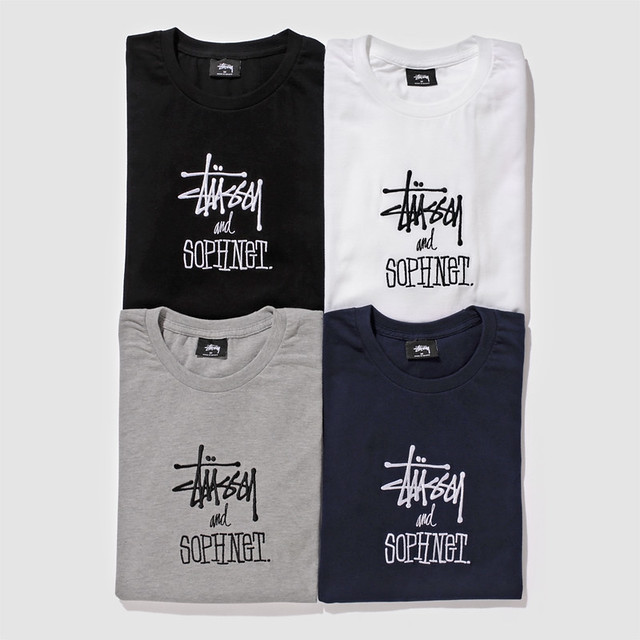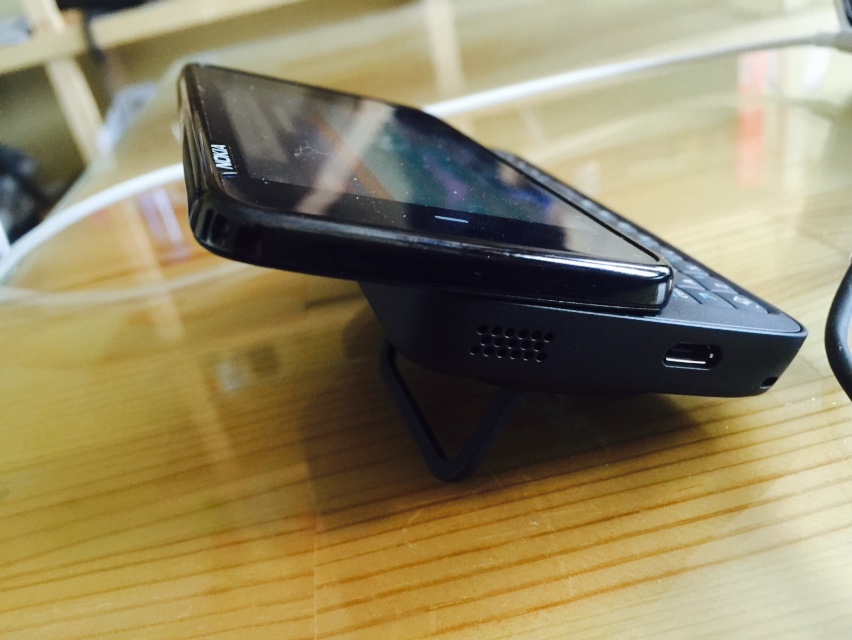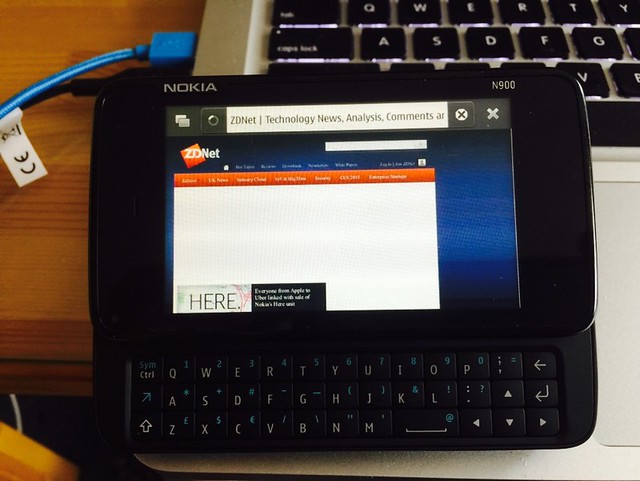Stand Back: China Bubble Will Burst – Bloomberg View – I don’t think it will go pop, though it will correct, probably not this year. The China bubble has become an existential threat to global markets, because of the scale of the China bubble. At the end of the day, China’s retail investors are starved of investment opportunities, that is one of the factors driving the China bubble and it won’t change suddenly. More finance related content here.
Apple News curation will have human editors and that will raise important questions | 9to5Mac – big implications for PR news stories and media exposure
Western Firms Caught Off Guard as Chinese Shoppers Flock to Web – WSJ – over estimated bricks and mortar sales, but also resurgent local brands utilising online channels
WSJ moves to a single global edition | Marketing Interactive – higher stakes for PR people and advertisers
White hackers in China young and underpaid | WantChinaTimes.com – explains motivation for black hat activity beyond the intellectual challenge
[WATCH] Google’s Amazing Location-Aware Search Finds Answers About Nearby Places – not terribly surprising definitely the direction that Google and others have been looking to go with location as a context to user intent in search for a good while
8 Smart Folders You Need on Your Mac & How to Set Them Up | Makeuseof – handy way of getting organised on the Mac
Alice Rawsthorn on the pros and cons of new digital interface design | Putting People First – interesting as it touches tangentially on dedicated purpose design and the faults of icons under glass and digital menu driven design
Paul Ford: What is Code? | Bloomberg – interesting long form article
Exclusive: Facebook earns 51 percent of ad revenue overseas – executives | Reuters – Facebook using specific methods tailored to the country including optimizing video and pictures for slower connections in India, where an ad product called “missed call” also helps customers avoid phone call charges. Many people in India dial a friend and hang up to send a signal without incurring charges. Facebook incorporated this system into its ads. A person can place a “missed call” by clicking on a mobile ad from Facebook and receive a return call with information, for example the score of a cricket game, sponsored by a brand.
LG G4 Teardown – iFixit – beautiful inside and out reminds me of the Mac design approach




